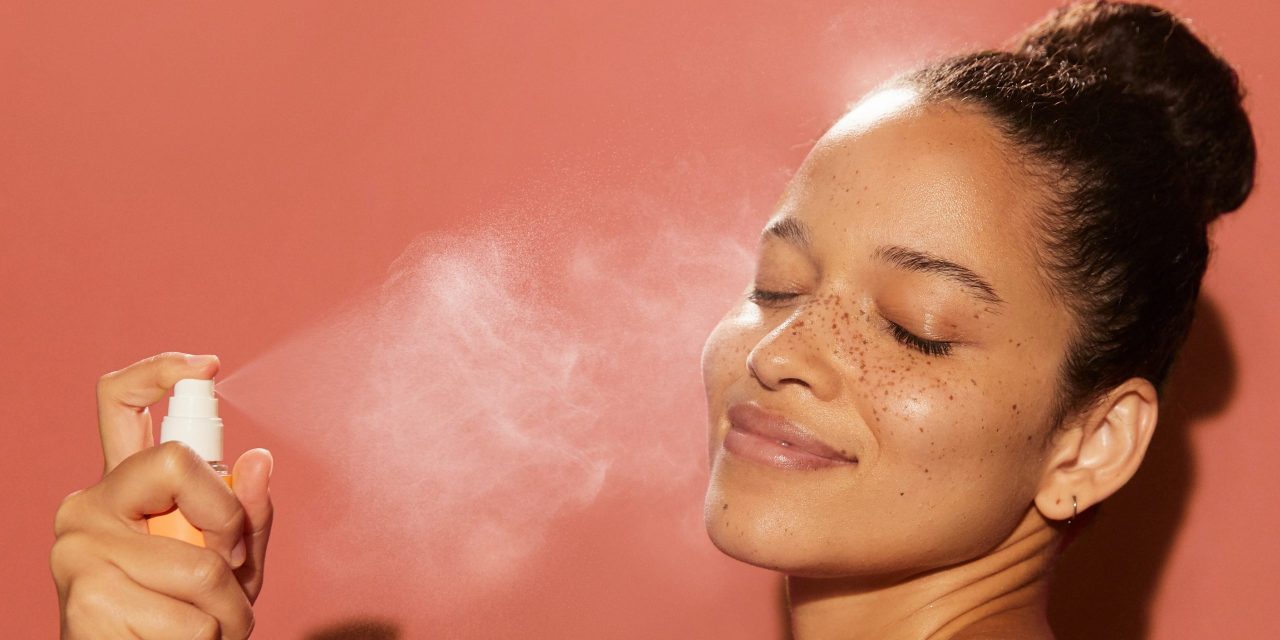Why sunscreen brand Habit is going all in on TikTok

Young brands are continuing to invest in TikTok.
As the video sharing app builds out its e-commerce capabilities, startups are finding it to be a friendlier alternative to traditional social feeds like Instagram and Facebook. One recent example is sunscreen company Habit, which launched last summer. Compared to other platforms, Habit has found TikTok to be a cheaper, more effective channel to drive sales.
Habit began investing in TikTok marketing this past fall, and is already seeing healthy results. Habit said its revenue has increased by 300% month-over-month since it first started dabbling with paid TikTok advertising.
This past January, however, is when the brand hit the big times. The company experienced its first viral moment on TikTok when it posted a side-by-side comparison of sunscreen re-application — featuring, of course, its own product. The post has currently amassed 2.1 million views, and resulted in the brand’s SPF mist selling out within days. The product is currently still on backorder.
The viral moment convinced founder and CEO Tai Adaya to officially allocate the majority of the brand’s ad budget to its TikTok channel. “We were surprised it came in the middle of winter, when SPF sales are lower,” Adaya said. Over the last year, the brand posted a steady stream of organic TikTok content, but didn’t start focusing on paid ads until the end of 2020. “It’s great to know there is another tool in the box for digital marketing,” Adaya said, referring to the pricier Instagram, which has dominated DTC brands’ strategy in recent years. The four-person company, in fact, now has one employee dedicated specifically to all things TikTok
For Habit, TikTok has proven to be an antidote to Instagram. Aside from the social network’s rising customer acquisition costs — cost-per-clicks average between $0.80 and can reach up to $3.00 — Instagram has made it harder for young companies to gain presence in recent years, said Adaya. “They seem to increasingly favor bigger brands,” she said, noting that startups on a tight budget are often at a disadvantage.
With this, Habit reduced its Facebook budget by 94% over the last two months, and will continue to allocate spending away from the platform. Other entrants, like audio drop-in app Clubhouse, also pose an exciting foray outside of traditional digital ads, said Adaya.
Ad position: web_incontent_pos1
But one real advantage Facebook and Instagram have over other platforms is attribution and commerce features. At the same time, over the past year, TikTok has been busy building out shopping capabilities for retailers and brands that result in sales. For example, in November Habit began to directly work with TikTok’s commerce team and has since added new traffic and engagement tracking tools to its arsenal, and has been onboarded to the app’s paid ad portal.
However, there are also challenges with making TikTok a brand’s main social channel, Adaya said. “It’s harder to plan ahead, and you have to jump on trends in real time to successfully harness the audience,” she said. On the other hand, TikTok’s fast pace allows for “real time customer feedback,” including crowdsourcing requests for future products, Adaya said.
Evan Horowitz, CEO of creative agency Movers+Shaker, which works with brands like E.L.F. and Amazon Fashion on TikTok campaigns, said that while TikTok is an enticing channel to double down on, building community around the brand is still the best way to scale it over time. “Rather than obsess on creating viral hits, we recommend brands focus on using TikTok to build community and cultural relevance,” he said. This means consistent use over time, while also closely following and participating in the trends on the platform.
Katya Constantine, founder of marketing agency Digishopgirl Media, said TikTok is increasingly becoming an attractive channel for fashion and beauty clients. Like “food porn”, videos featuring skincare and beauty routines are much more likely to go viral on TikTok than other platforms, she said. “TikTok also produces significantly cheaper traffic, at four to five cents per click,” Constantine said.
However, she also cautioned that new brands shouldn’t fully abandon Facebook and Instagram yet, as it’s too early to rely on TikTok conversion alone. Constantine is still launching startup brands on Facebook, simply because it still has the biggest scale, she said.
Ad position: web_incontent_pos2
Overall, the shift away from the homogenous Instagram is exciting, said Constantine. “It’s another digital tool we have in our arsenal beyond Facebook and Instagram.”

